Rodents May Have Flavor Fetish For the Wiring Insulation in Newer Vehicles

Shortly after the dawn of new millennium, automakers started implementing bio-plastics made from corn starch, genetically engineered bacteria, or vegetable fats and oils. The rationale for this was that sustainably sourced materials were better for the environment and lowered dependency on petrochemicals. Unsurprisingly, bio-plastics gained in popularity at roughly the same time as ethanol.
Since at least 2010, soy-based bio-plastics have been a popular alternative for wiring insulation in automobiles. But there’s a problem — rodents love how it tastes. This has allegedly resulted in a surprisingly high number of owners reporting that rats chewed through the wiring inside their automobile.
While the problem isn’t entirely new, the frequency of the incidents appears to have been spurred by automakers using more palatable materials. In fact, the issue has grown so bad in recent years, numerous lawsuits have cropped up demanding manufacturers pay for damages. Honda was named in a suit from two years ago involving 2012 to 2015 model year vehicles, and Toyota was hit with one for cars produced between 2012 to 2016.
Bio-plastics were in widespread use at this point. Both Kia and Hyundai were named in subsequent rodent-related lawsuits, and practically every major manufacturer uses plant-based plastics on at least a few models built within the last decade. It sounds benign but, considering that rats eating your car typically isn’t covered under a vehicle’s warranty, owners have to shell out hundreds if their insurer isn’t interested.
According to the Detroit Free Press, the growing rat problem isn’t the result of paranoia, either. John Pappas, owner of Main & Hudson Service in Royal Oak, Michigan, claims he sees at least one vehicle every month with gnawed-on wires. “They’re going environmental on the wires,” he said. “There’s good and bad in everything. It is a common issue.”
Jim Stevens, a sales representative at Suburban Ford of Ferndale, stated finding rats chewing through wires “is a pretty common thing around here,” with around two or three vehicles coming in a month.
Brian Kabateck, a Los Angeles attorney is involved in a class-action lawsuit against Toyota Motor Sales, filed on behalf of an Indiana resident who watched his 2012 Toyota Tundra become a meal for rodents three times. Total damage was estimated at roughly $1,500, which Kabateck said Toyota won’t cover.
“Our contention, why soy is certainly — it’s laudable — they’re trying to be more green, at the same time, it’s becoming a potential food product for rats,” the attorney said, adding he’s not looking to make everyone rich. The suit is simply seeking reimbursement for damages and a new policy that would cover rat-damage under Toyota’s warrantee.
However, we don’t need to take the word of lawyers or service center employees. Owners are are willing to express their concerns on practically every online automotive forum. A cursory search for the term “rat” in numerous brand forums returned dozens of first-hand accounts from affected owners. Vehicles range from a Nissan Versa to a Jaguar XKR, but the vast majority share one common trait — they were built after 2005. Maybe it’s not telling, as fewer owners are worried about older cars. Still, there are decidedly fewer mentions on older threads.
Toyota claims rodent damage to vehicle wiring occurs across the industry, and the issue is not brand- or model-specific (which is true). It also noted that it was not familiar with any scientific evidence that rodents are attracted to automotive wiring due to alleged soy-based content.
Neither are we, but that isn’t stopping the public’s growing worry. Entire websites are devoted exclusively to tips on how to keep rats from eating car wiring. In the Free Press article, Janice Perzigian witnessed rodents do $600 worth of damage to her 2017 Ford Mustang. As a result, she takes time out of every day to surround the car with Pine-Sol, stuff the interior with dryer sheets, and spray down the tires with essential oils.
Forum solutions are frequently just as elaborate, often including plots to kill the varmints before they can get comfortable inside the engine bay. Our favorite reoccurring recommendation involves coating every single centimeter of wiring with hot sauce on a weekly basis.
[Image: Holger Kirk/Shutterstock]

A staunch consumer advocate tracking industry trends and regulation. Before joining TTAC, Matt spent a decade working for marketing and research firms based in NYC. Clients included several of the world’s largest automakers, global tire brands, and aftermarket part suppliers. Dissatisfied with the corporate world and resentful of having to wear suits everyday, he pivoted to writing about cars. Since then, that man has become an ardent supporter of the right-to-repair movement, been interviewed on the auto industry by national radio broadcasts, driven more rental cars than anyone ever should, participated in amateur rallying events, and received the requisite minimum training as sanctioned by the SCCA. Handy with a wrench, Matt grew up surrounded by Detroit auto workers and managed to get a pizza delivery job before he was legally eligible. He later found himself driving box trucks through Manhattan, guaranteeing future sympathy for actual truckers. He continues to conduct research pertaining to the automotive sector as an independent contractor and has since moved back to his native Michigan, closer to where the cars are born. A contrarian, Matt claims to prefer understeer — stating that front and all-wheel drive vehicles cater best to his driving style.
More by Matt Posky
Latest Car Reviews
Read moreLatest Product Reviews
Read moreRecent Comments
- BlackEldo Anal grotto is NOT going to be happy about that H/K engine quip...
- Tassos GOOD CAR GOOD PRICE. MILEAGE IS DECENT CONSIDERING HOW LONG HONDAS LAST. THUS SPOKE REAL TASSOS. BIDEN DOLLARS
- Jimbo1126 $29,995? Chevy boasting that? It still looks like it starts at $19,995 and you know it's true.
- Tassos Money IS no object for me, but I would NEVER live in such a LOSER building.The REAL Tassos.
- Bd2 None of this would have happened had Hillary Rodham become president in 2016.

















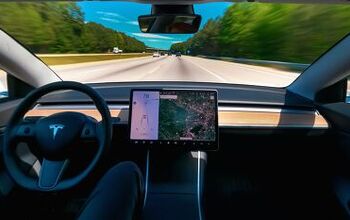
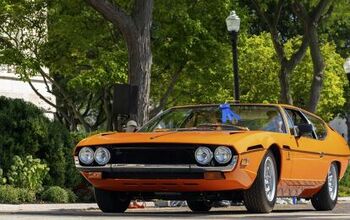
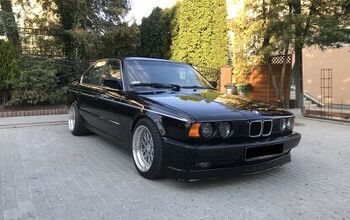
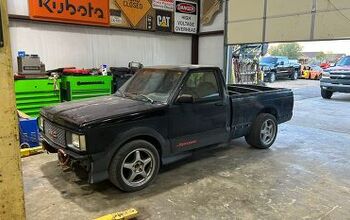

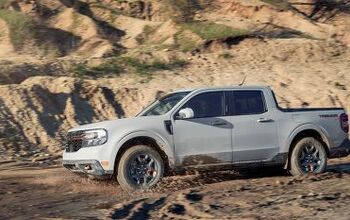
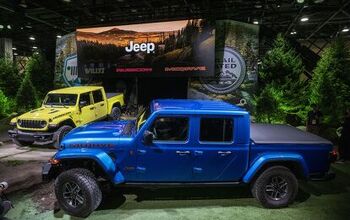


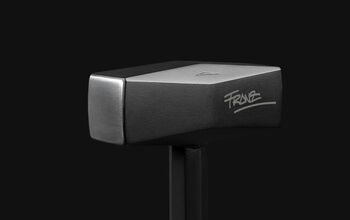
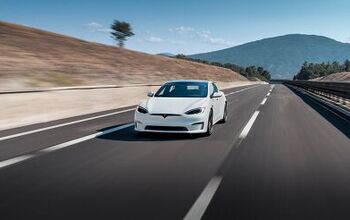

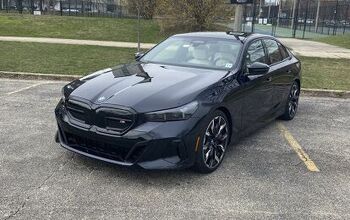



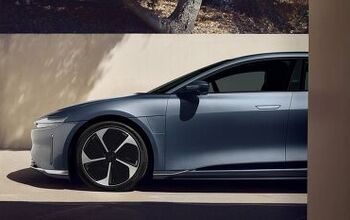
Comments
Join the conversation
When I was on the VW forums 10-15 years ago, this problem came up, and somebody found out that VW in Europe offered an actual factory anti-rodent wiring harness option (complete with a picture of an actual rat biting on a wire, right in the option brochure - imagine ever seeing that in this country!).
I wonder if the wiring on a Tesla is covered with this stuff - might lead to some char-broiled rats and mice, and some lawsuits by the EPA or the Interior Department for violating the endangered species act - at least until Trump can drain the swamp of all the Obama holdovers.